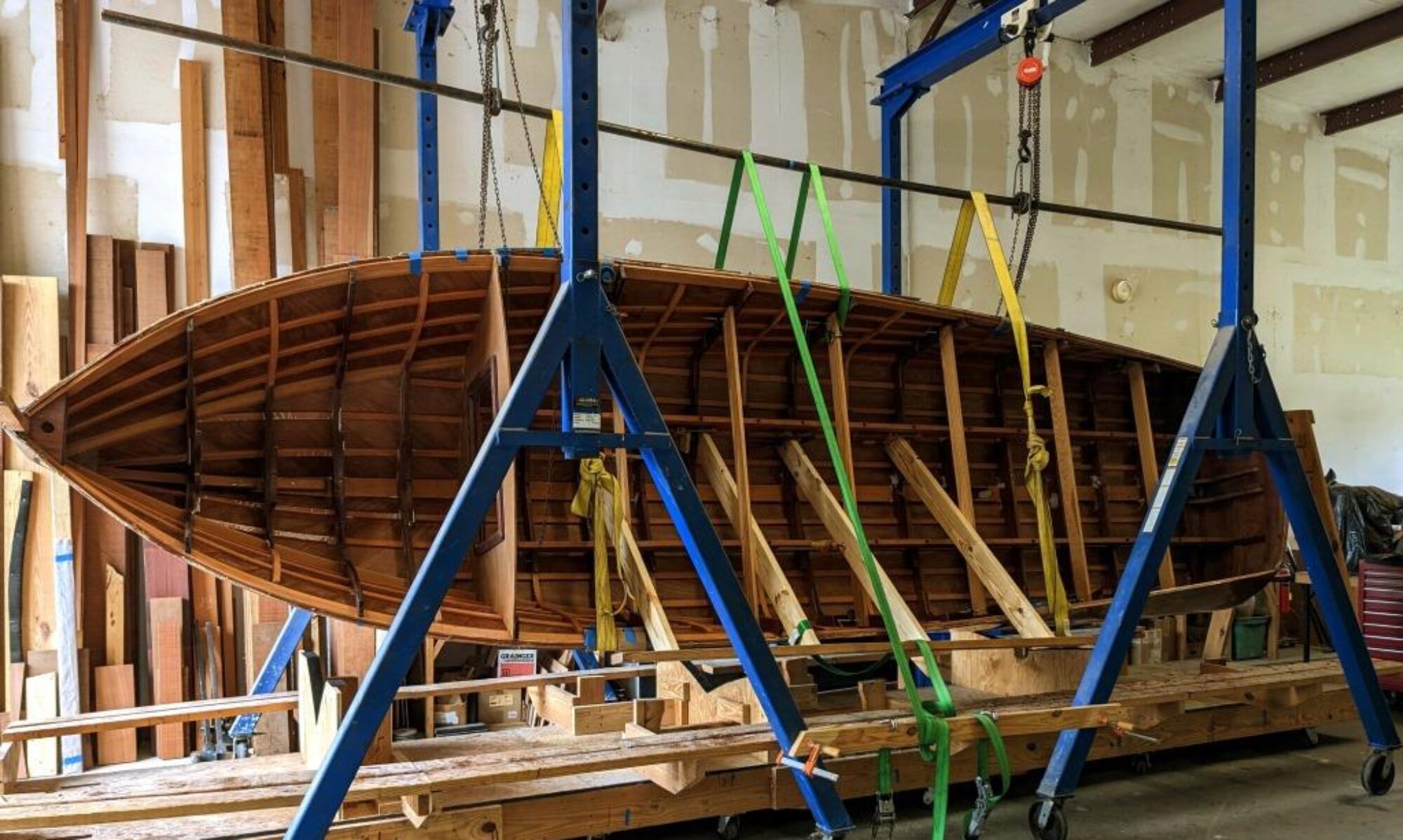
We applied 3 coats of clear urethane to the inside of the topsides of the Palm Beach 22 with the roll and tip method. After sanding it flat, I decided it was finally worth it to upgrade my shop with a spray booth. Once you think about the difficulty of all those different surfaces, it’s easy to convince yourself of the efficiency of spraying finishes. Continue reading “Spraying the PB22”










